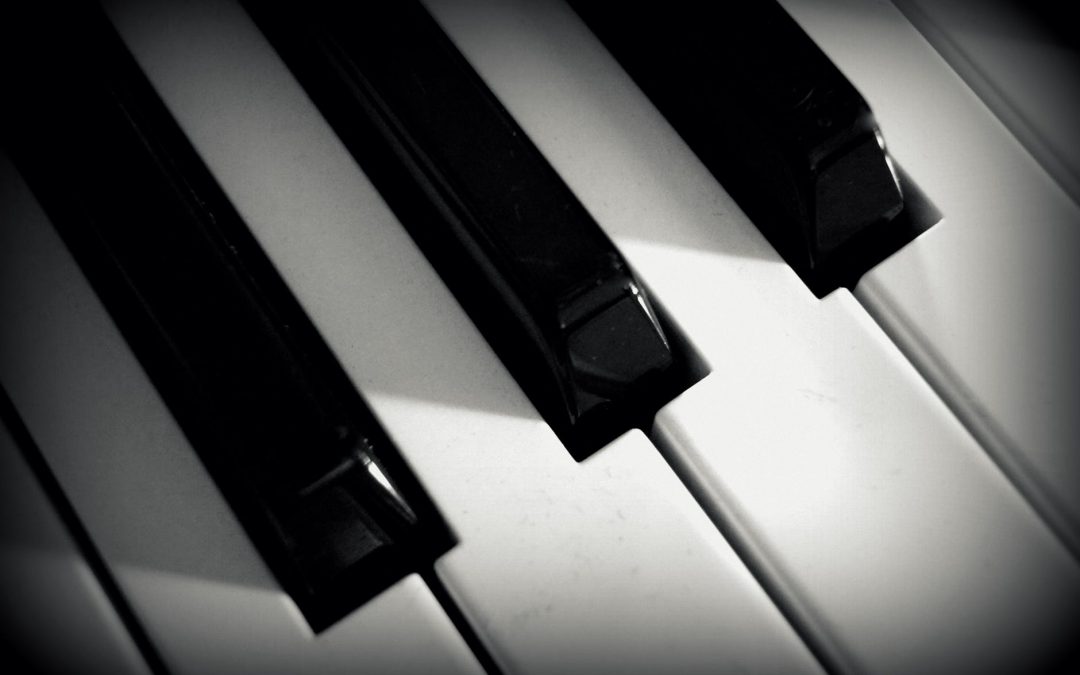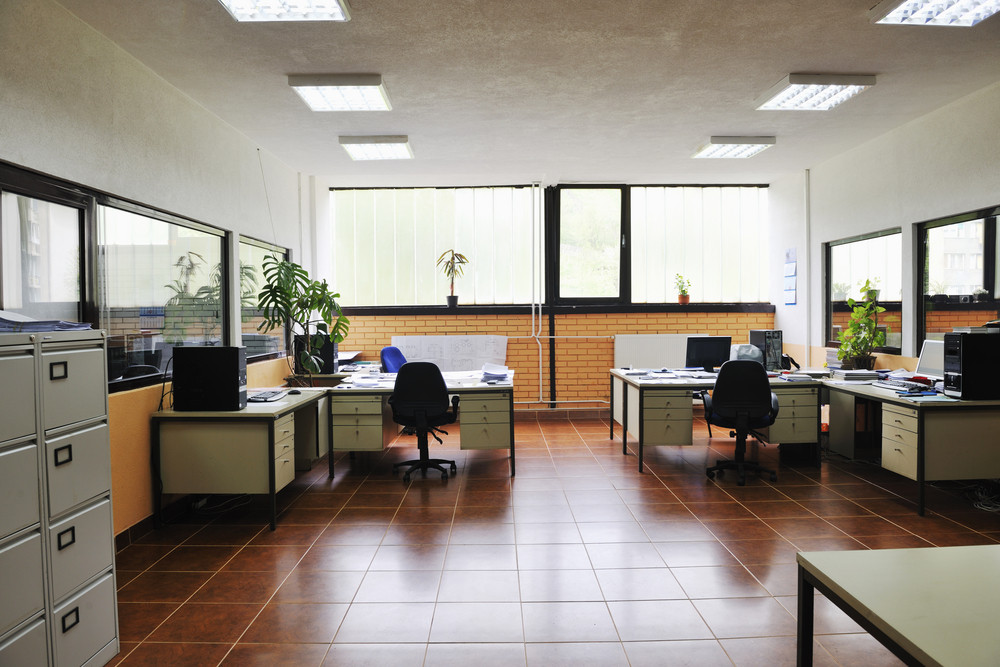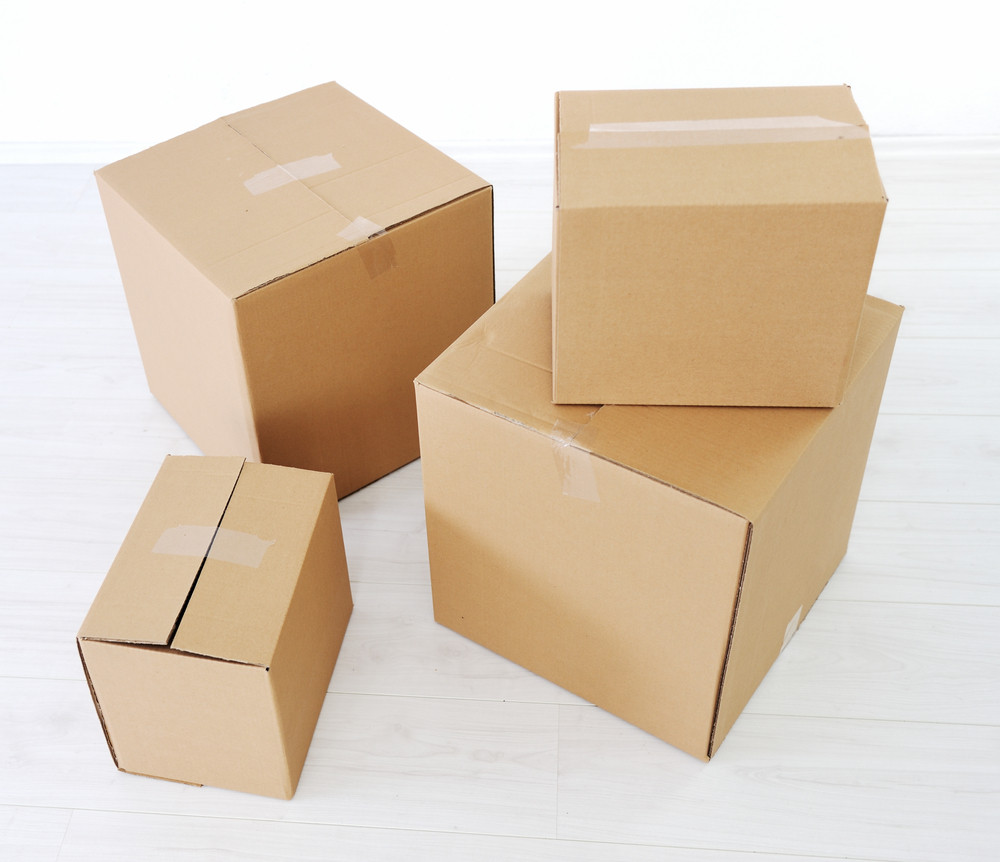Ideally, when it’s time for musicians to move, the skills of highly-trained professionals with expert techniques and specialized tools will be used to safely transport and navigate large, valuable instruments like pianos from one home to another. Moving a piano can be complicated and physically challenging. Mistakes are easily made and very costly to repair. Why is piano moving so difficult?
SIZE
A Grand Piano can weigh up to 1,300 pounds and be 9 feet long. Baby Grands and upright pianos are smaller, but still quite bulky and heavy, with an average weight of several hundred pounds.
POTENTIAL FOR COSTLY DAMAGE
Pianos are valuable items. Depending on the size, maker, and materials used, a Grand Piano can cost up to a half million dollars. Exterior finishes and the delicate interior workings of a piano are easily damaged during an amateur move. If this happens, even for a standard upright, the repairs can cost hundreds to thousands of dollars.
RISK OF INJURY
As we’ve already mentioned, pianos are VERY heavy. This makes them awkward to carry and difficult to maneuver, especially when tight corners or stairs are a consideration. Even adults in above-average physical condition can get injured while moving a piano. However, the extra risk means that all children and people with a history of back, arm, leg or hip injuries should avoid the activity, as well as those with other health concerns.
With that said, some people are up for the challenge of moving their own piano. For moving Grand and Baby Grand Pianos, hire a professional. However, if you are moving an upright piano and want to move it yourself, read the following:
MOVE A PIANO SAFELY
- Get some strong helpers – at least 4 adults.
- Wear appropriate clothing. Choose clothes that fit well, without being too tight or too baggy, and no dangling jewelry or accessories. Sturdy footwear and work gloves with a good grip are also helpful.
- Measure the piano and determine the best route out to the moving truck.
- Secure the keyboard. Close the lid and lock it if possible, or use tape that will hold it in place without damaging the finish.
- Protect piano with pads or moving blankets and secure with tape.
- Make sure that the path is clear.
- Install ramps, including on all stairs (rent them if needed) and the loading ramp to the moving truck.
- Using a moving helper on each side of the piano, lift and center it on to a strong dolly that is at least half the length of the piano. Secure the piano tightly with straps or rope.
- When lifting, start in a squatting position to protect your back, and count down together to make sure everyone lifts at the same time.
- Use the dolly and ramps, with extra helpers acting as spotters and stabilizers, to roll and guide the piano out through the exit and into the moving truck.
- Once the piano is in the truck, secure it to one of the walls with moving straps. Make sure it cannot move more than an inch in any direction.
- Upon arrival at your new home, follow the directions in reverse to safely roll the piano out of the truck and into its new location.
- Give your piano a few weeks to acclimate to its new environment before scheduling a tuning.
If you are worried about moving your own piano, don’t worry! Give the experts at Bisson a call for a free professional piano moving estimate.




